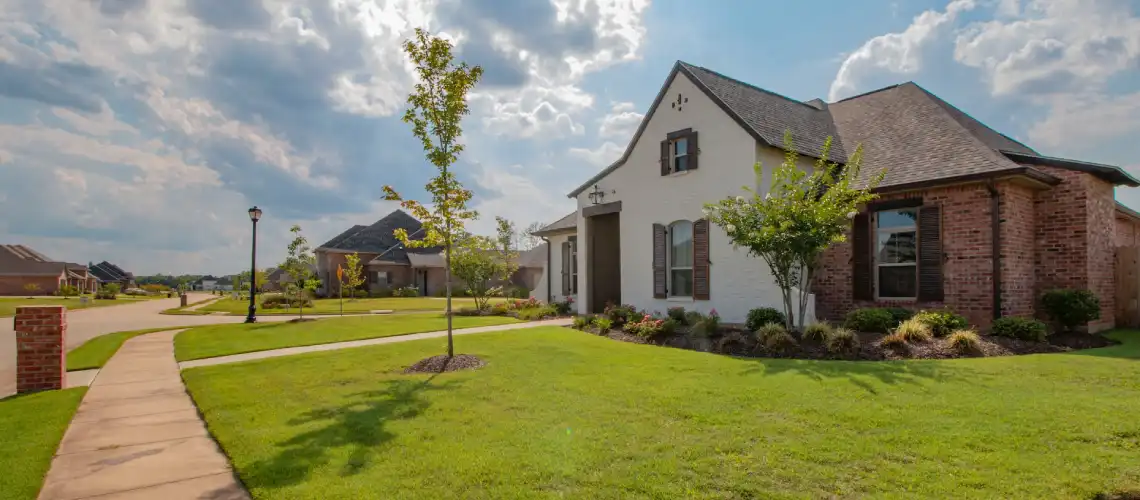The cost approach is a fundamental methodology used by property valuers to estimate the value of real estate. This method is particularly relevant in situations where sales comparisons are difficult to obtain, such as with unique or specialised properties. This article explores the nuances of the cost approach in property valuation and how valuers craft their reports for specific scenarios.
Understanding the Cost Approach in Property Valuation
The cost approach to property valuation is based on the principle that a property’s value is equivalent to the cost of constructing a similar property. This method calculates the replacement or reproduction cost of the building and adjusts it for depreciation.
Components of the Cost Approach
- Replacement Cost: The cost to construct a building with similar utility using current construction methods and materials.
- Depreciation: Reflects the loss in value from physical wear and tear, functional obsolescence, and external factors.
- Land Value: The value of the land as if vacant and available to be put to its highest and best use.
Application of the Cost Approach by Property Valuers
Property valuers apply the cost approach in various contexts, tailoring their analysis based on the property type and purpose of the valuation.
Scenarios Where the Cost Approach is Most Applicable
- Unique Properties: For properties with few or no comparables, such as churches or schools.
- New Construction: To estimate the value of newly constructed properties.
- Insurance Purposes: Determining replacement cost for insurance coverage.
Composing the Valuation Report
- Detailed Cost Breakdown: Itemising construction costs, materials, labour, and overhead.
- Analysis of Depreciation: Assessing all forms of depreciation affecting the property’s value.
- Market and Location Factors: Considering the influence of local market conditions and the property’s location.
Challenges and Considerations in the Cost Approach
While the cost approach is a valuable tool, it comes with specific challenges and considerations.
Limitations of the Cost Approach
- Market Fluctuations: Changes in the construction market can affect replacement cost estimates.
- Estimating Depreciation: Accurately assessing depreciation can be complex and subjective.
Best Practices for Property Valuers
- Staying Updated with Market Trends: Keeping abreast of changes in construction costs and real estate market trends.
- Incorporating Technology: Using modern tools and software for more accurate and efficient valuations.
Mastering the Cost Approach for Accurate Valuations
The cost approach is a crucial technique in the toolbox of property valuers Sydney, especially in unique valuation scenarios. Understanding its application, challenges, and best practices is essential for accurate property valuation.



